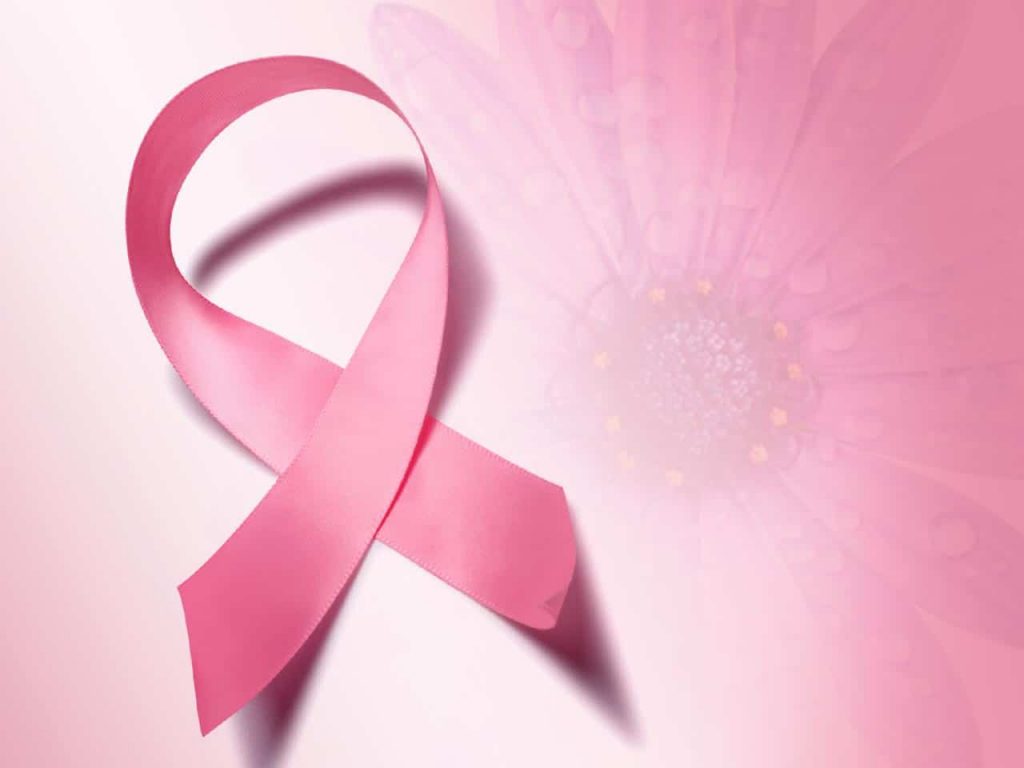October is often referred to as Pinktober in a bid to raise awareness about breast cancer among the masses, given the stigma attached to using the word “breast.”
However, given the spread of the disease, it is absolutely essential to spread awareness on the topic. Early detection is the best way to combat the disease and one way to detect it is breast self-examination.
Here is a step-by-step guide on how you can do Breast Self-Examination (BSE):
Know what to look for
Begin by looking at your breasts in the mirror with your shoulders straight and your arms on your hips. Your breasts should be their normal size, shape, and color, and they should be evenly shaped without visible swelling or any other changes.
Try to sense how your breasts feel at different times of the month
This can change during your menstrual cycle and knowing your breast shape and size could bring any abnormality to your attention.
Do breast self-examinations yourself
There are different ways to perform a self-exam. You can do the examination lying down. While lying down breast tissue is more spread out and easier to feel. Or you can perform one in the shower where soap and water can help your fingers move more easily over your breast skin.
Know what to feel for
Lie flat and place your right hand behind your head. Using the first three fingers of your left hand, feel the breast tissue on your right breast. Be sure to use the pads of the fingers, not just the very tips.
Feel for anything that feels hard and round. Then start at your armpit area and work your way towards the center of each breast. Move across to the middle of your body until you only feel the breastbone.
Make sure you use three different levels of pressure to feel the tissue: light pressure at the top for tissue just under the skin, medium pressure to check tissue in the middle of the breast, and deeper pressure to feel the tissue closest to the chest wall. Make sure to apply each pressure level to each area before moving on. Do this with both breasts.
Finally, you should squeeze each nipple gently to check for discharge.
When to take an action
If you feel something uncommon, or see something different, schedule an appointment with your doctor promptly. Don’t delay.







